Allosaurus
Name Origin
Different Lizard
Family
Allosauridae
Classification
Diapsida, Saurischia, Theropoda
Habitat (Discovery Location)
United States, Portugal
Period
Approximately 155 to 145 million years ago (Late Jurassic)
Length
Approximately 12 meters
Weight
Approximately 2 tons
Diet
Carnivore (Meat-eater)
 Jurassic
Jurassic
Park / World Featured Dinosaur
Appearance in Jurassic Park
It does not appear as a living creature in the film.
However, its likeness can be seen inside the park's Visitor Center. An Allosaurus fossil (skeleton) is carved (or embedded) as a monument on a pillar in the security room, marking its hidden screen debut.
The Allosaurus would not make its full, live-action appearance as a living animal until 25 years after this film.Appearance in Jurassic World
It does not appear as a living individual in the film.
However, its existence can be confirmed inside the park's Innovation Center. In the movie, it appears in the form of an "iconic image" as one of the dinosaur species featured on the Holoscope (hologram display) located in the center.Appearance in Jurassic World: Fallen Kingdom
Although it had appeared in related media such as comic books, this film marks its first appearance in the live-action movie series. After a long wait since the franchise began, this carnivorous dinosaur—a true representative of the actual "Jurassic" period—finally made its long-awaited on-screen debut, a surprise to many fans.
A total of three individuals appear in the film: two adults and one juvenile (sub-adult). However, contrary to its fame and popularity, its treatment in the movie was far from glorious.
The first adult appears during the volcanic eruption on Isla Nublar. It runs alongside the Gyrosphere carrying Claire and her group as they flee, but while trying to escape the eruption, it is struck directly by a falling lava bomb, knocked away, and killed.
The remaining two survivors (the other adult and the juvenile) were captured, loaded into containers, and transported to the "Lockwood Estate" on the U.S. mainland.
Juvenile (Sub-adult) Individual
It was the second dinosaur sold at the auction hosted by Eli Mills.
Adult Individual
While shown roaring inside its cage, it was eventually released along with the other dinosaurs at the end of the story, escaping into the wild.
Although its role in this film was brief, it has since expanded its presence, serving as a main antagonist in the spinoff released subsequently (Battle at Big Rock).

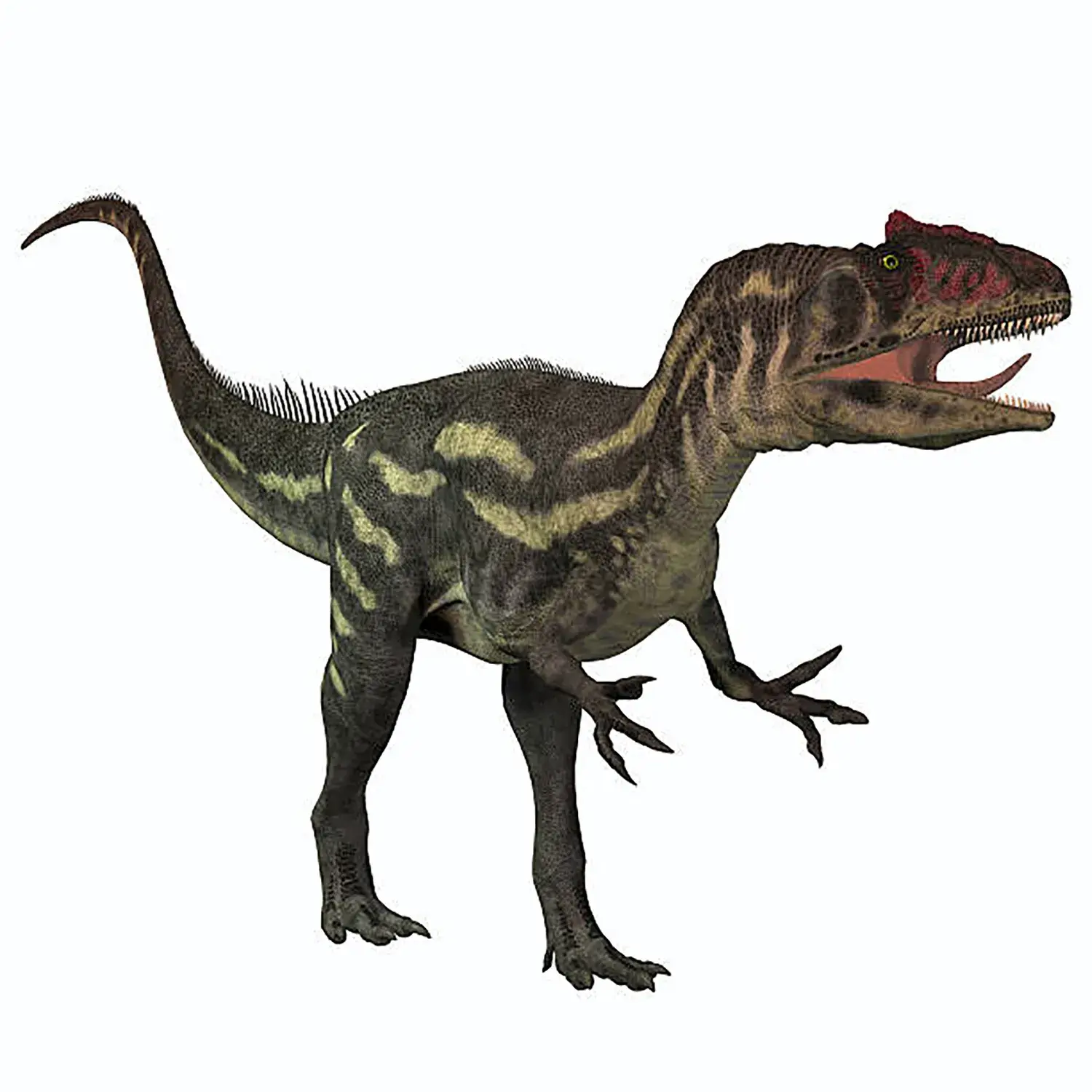
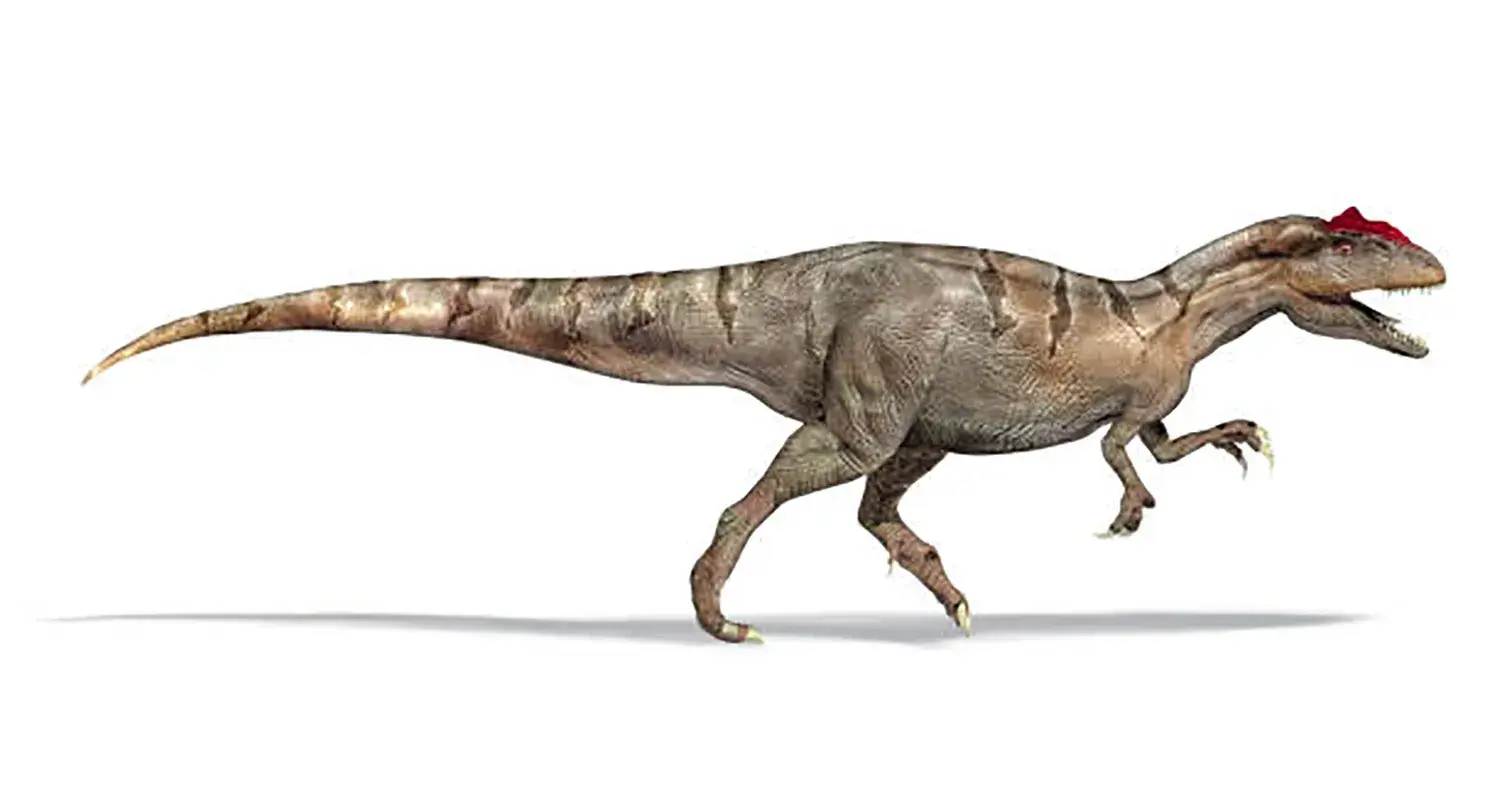


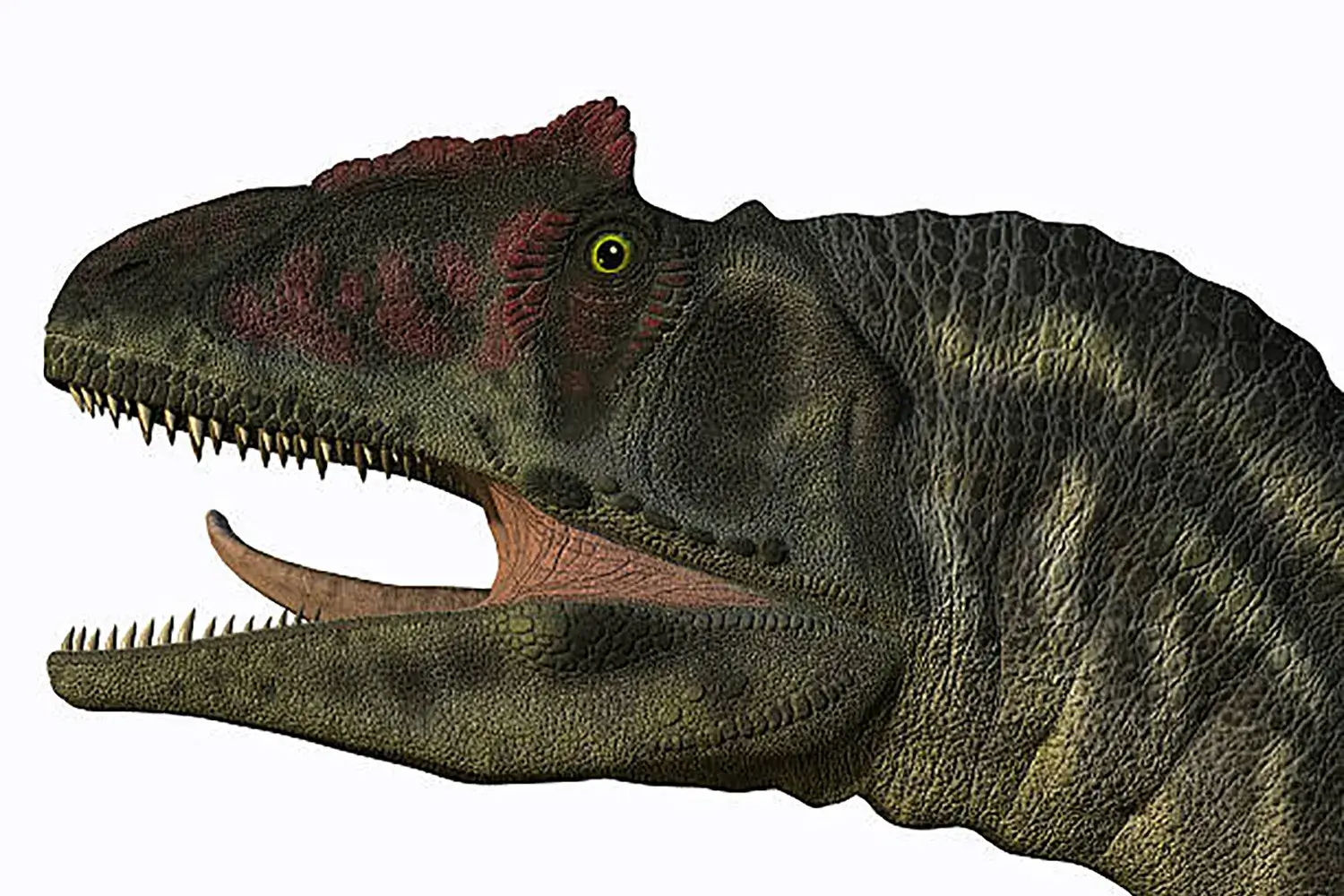
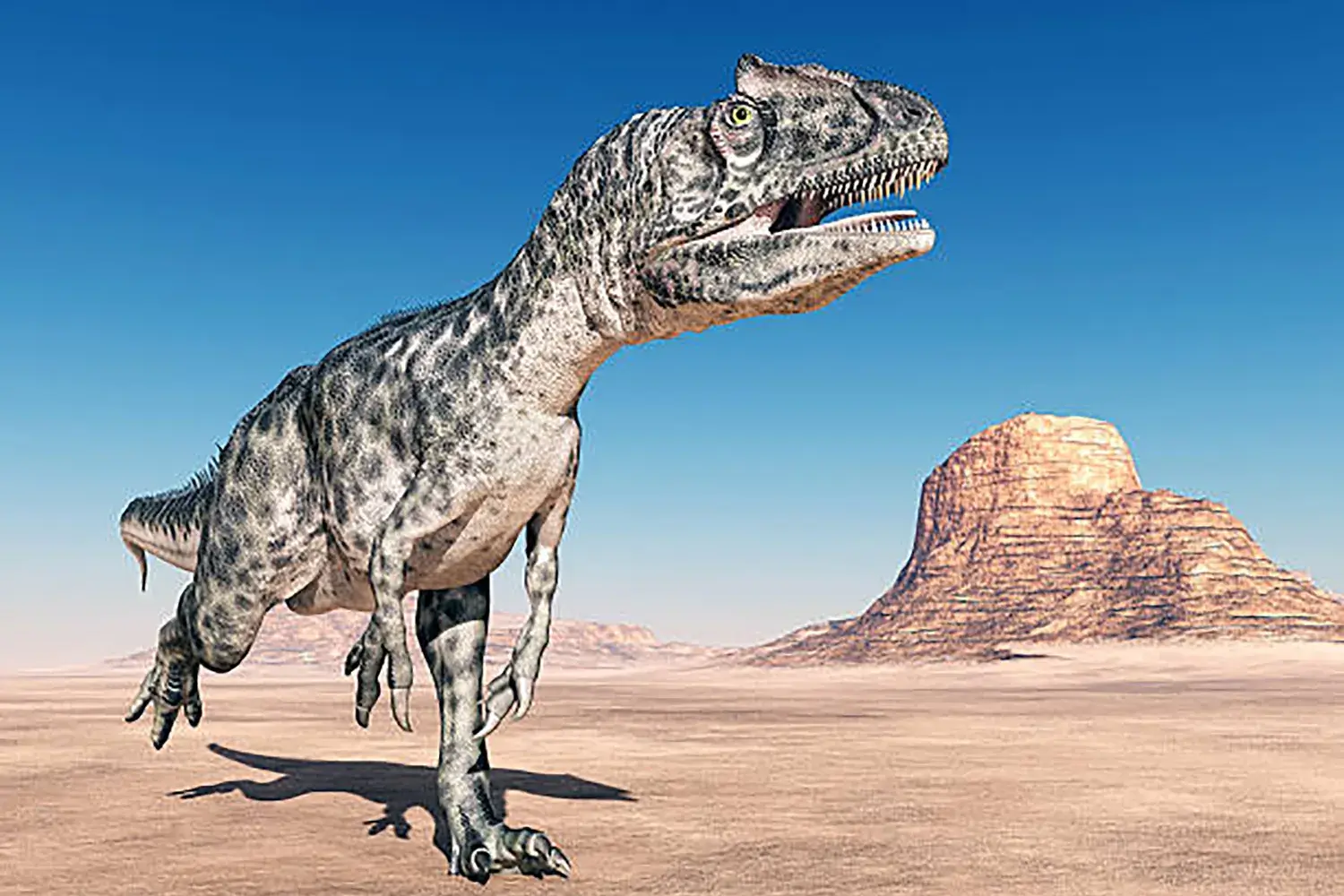
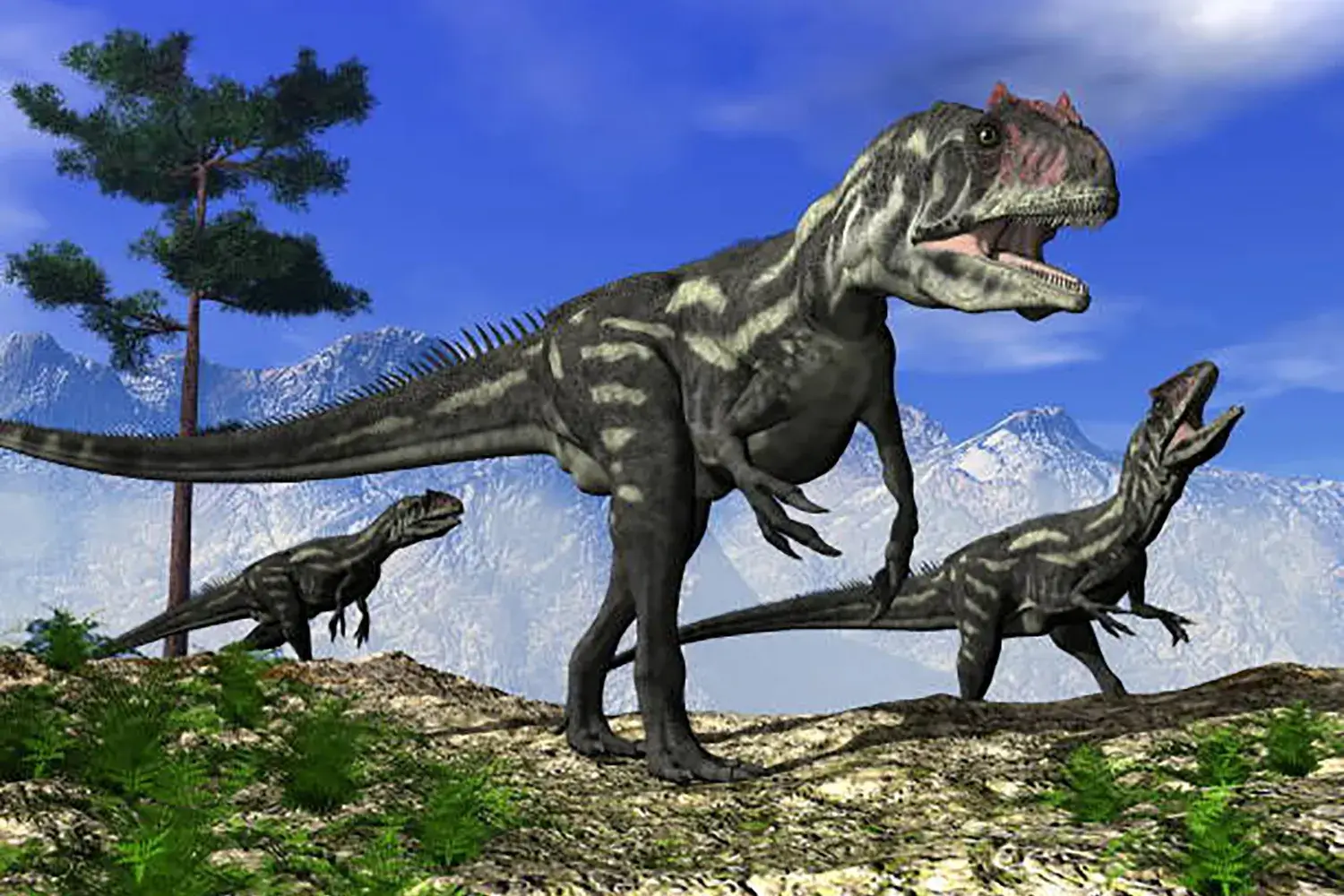

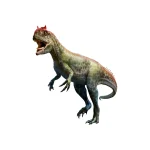
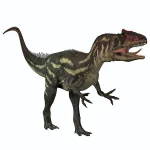

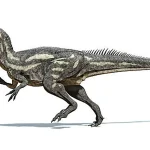
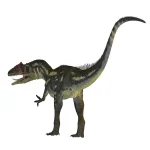


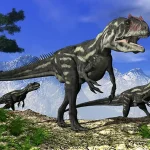
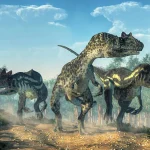
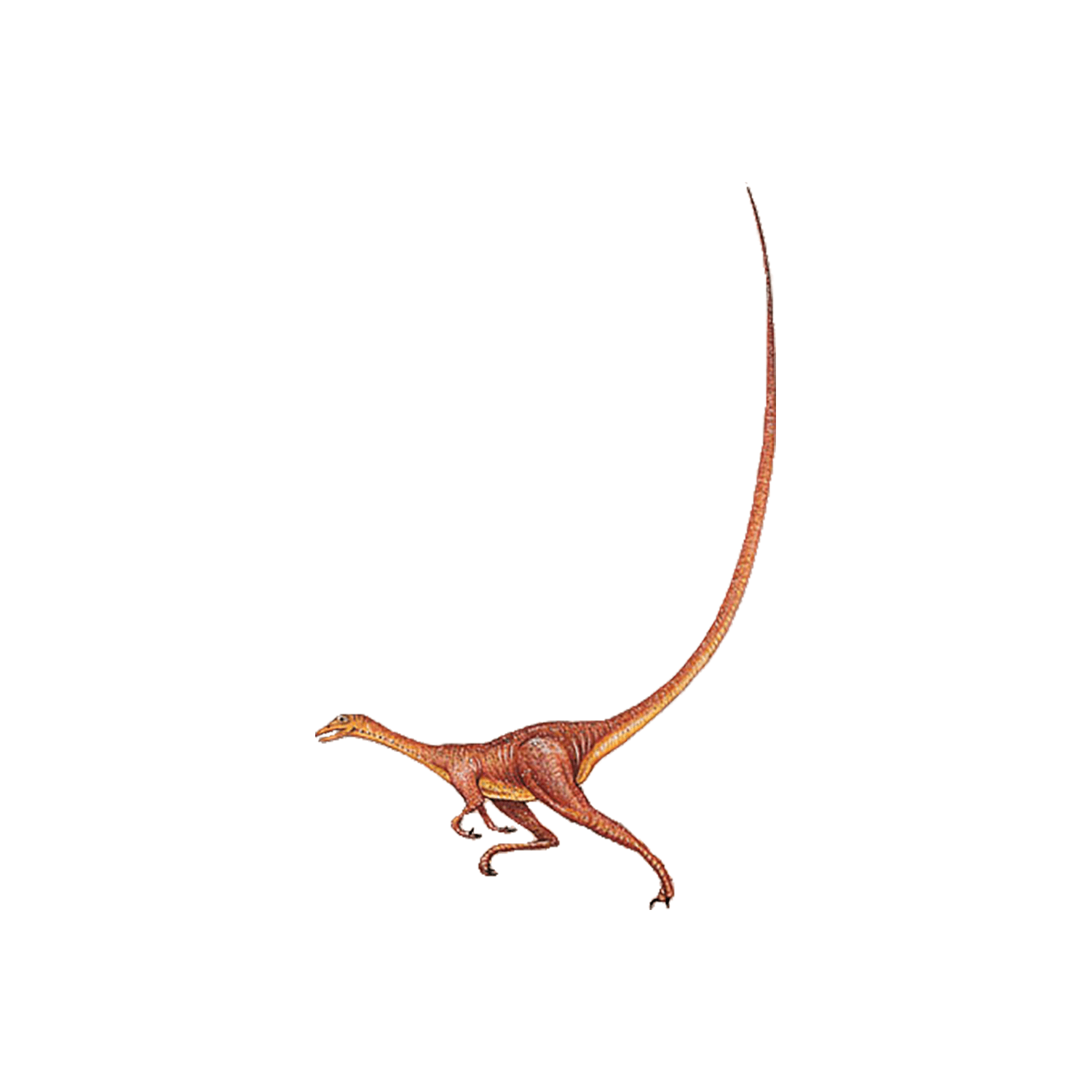
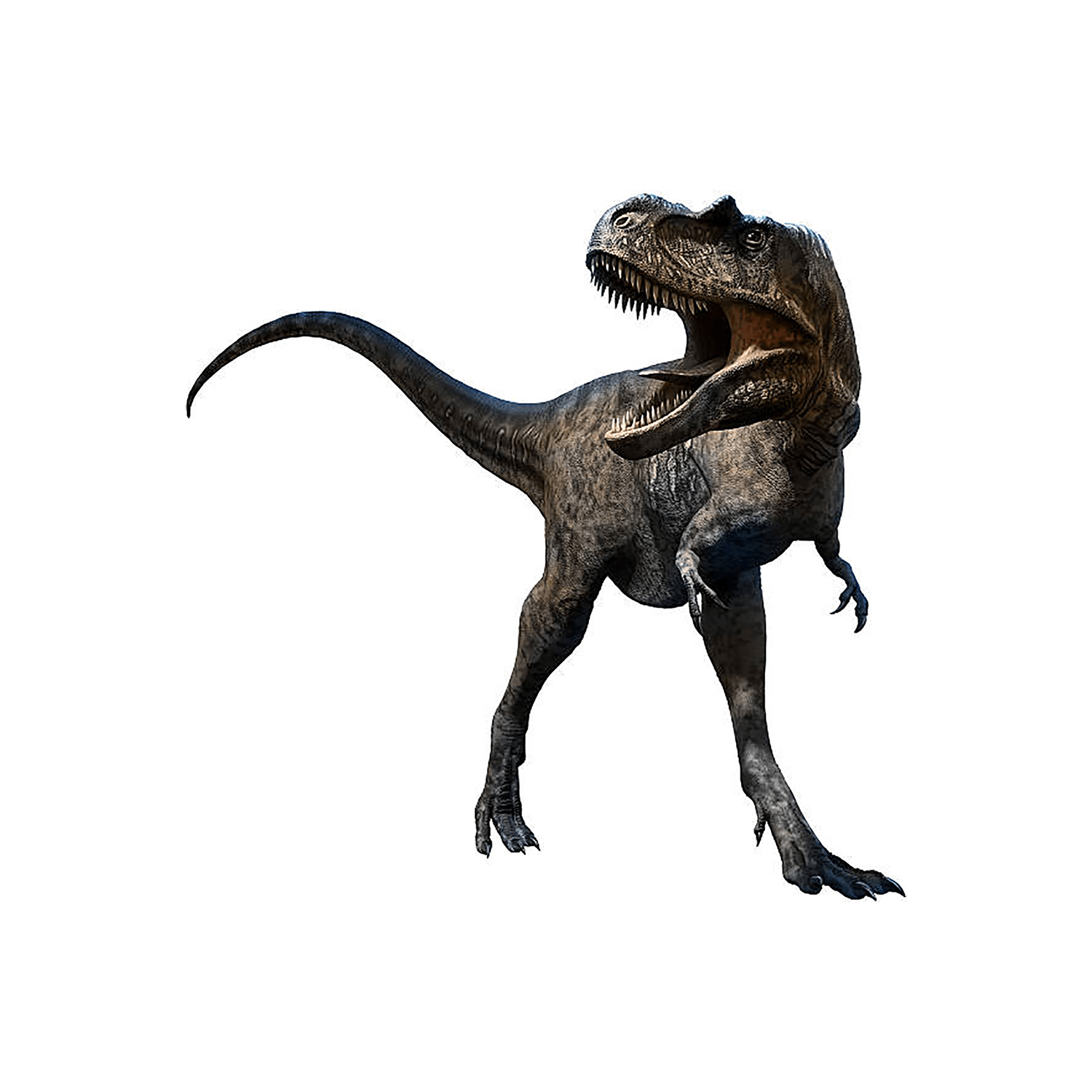
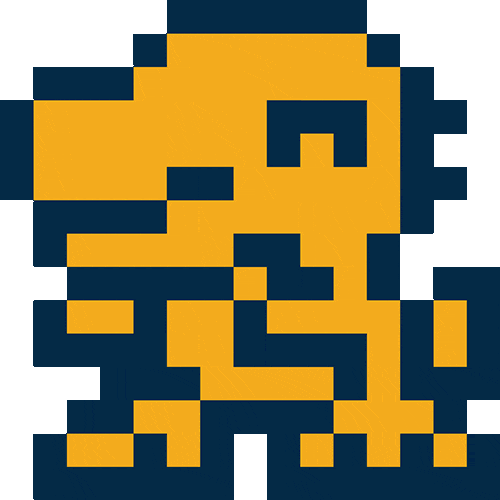

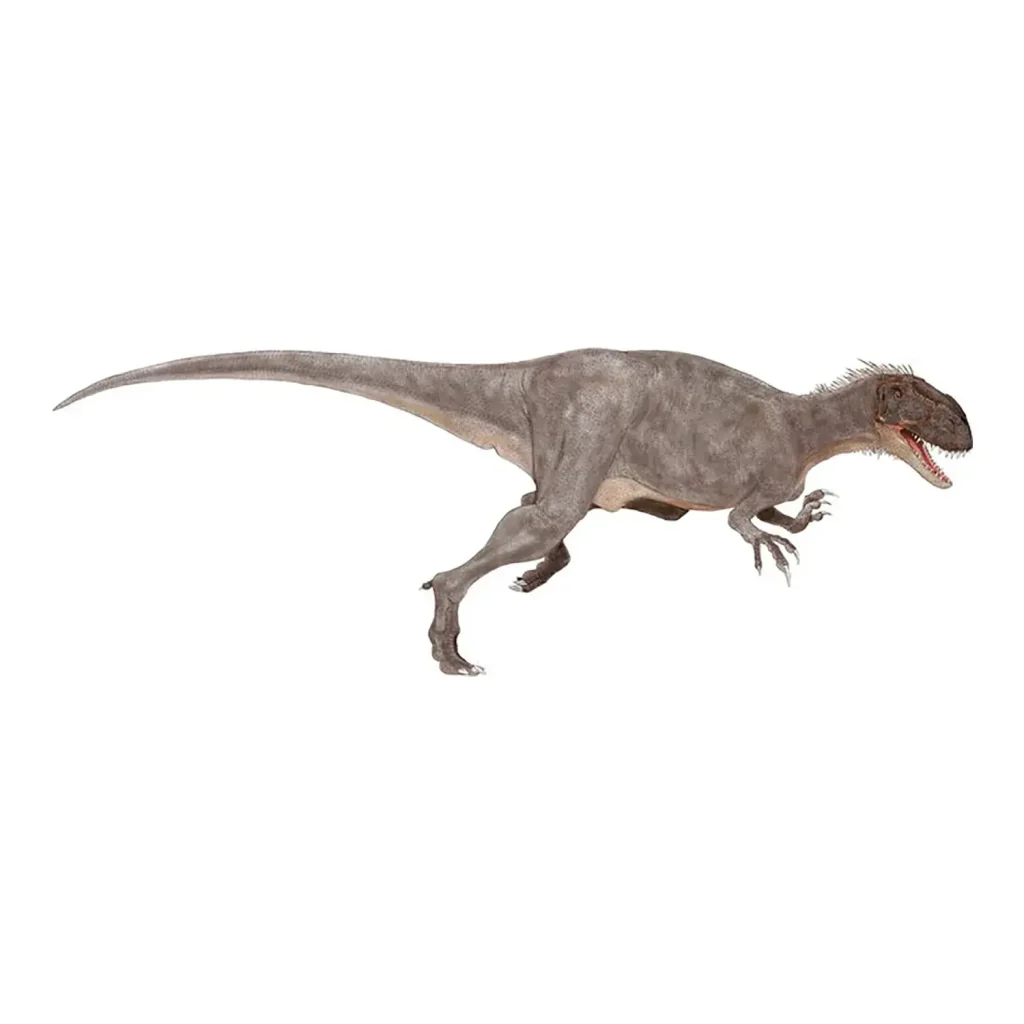
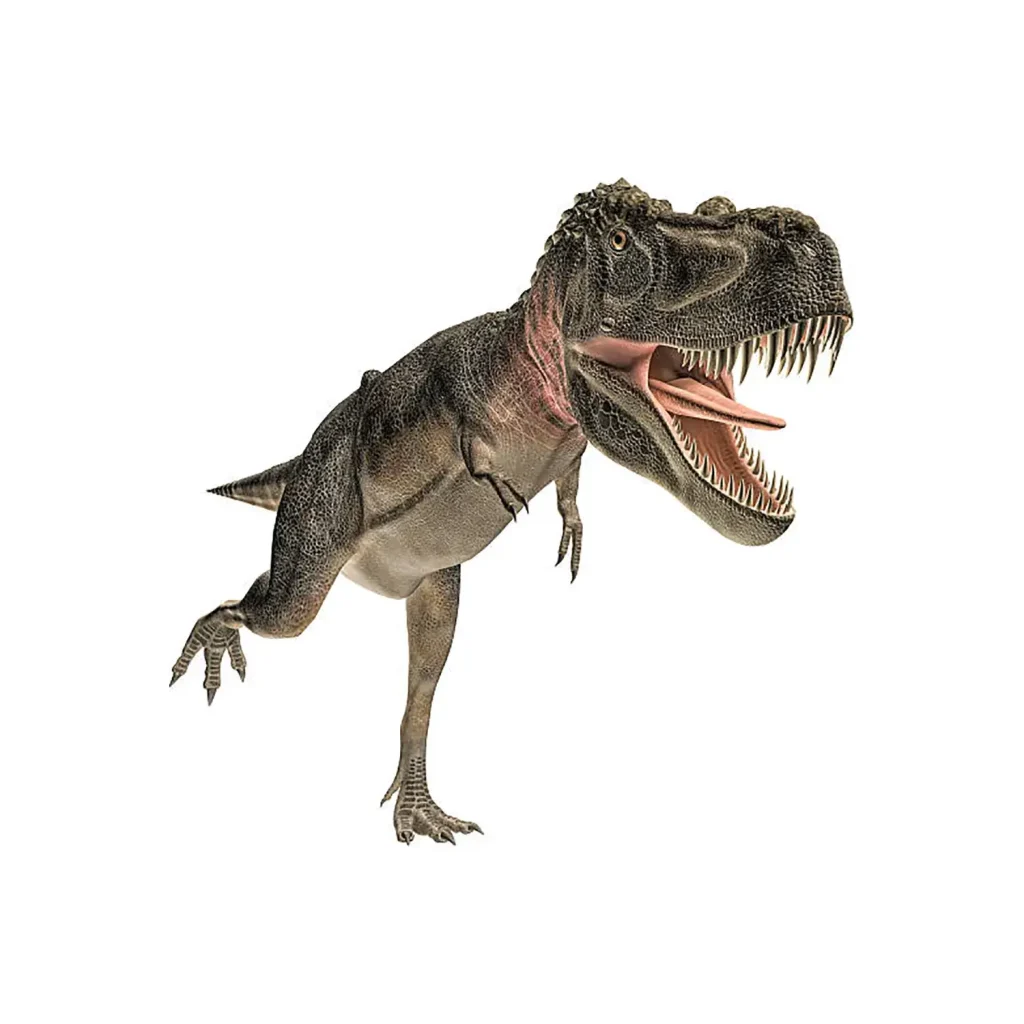
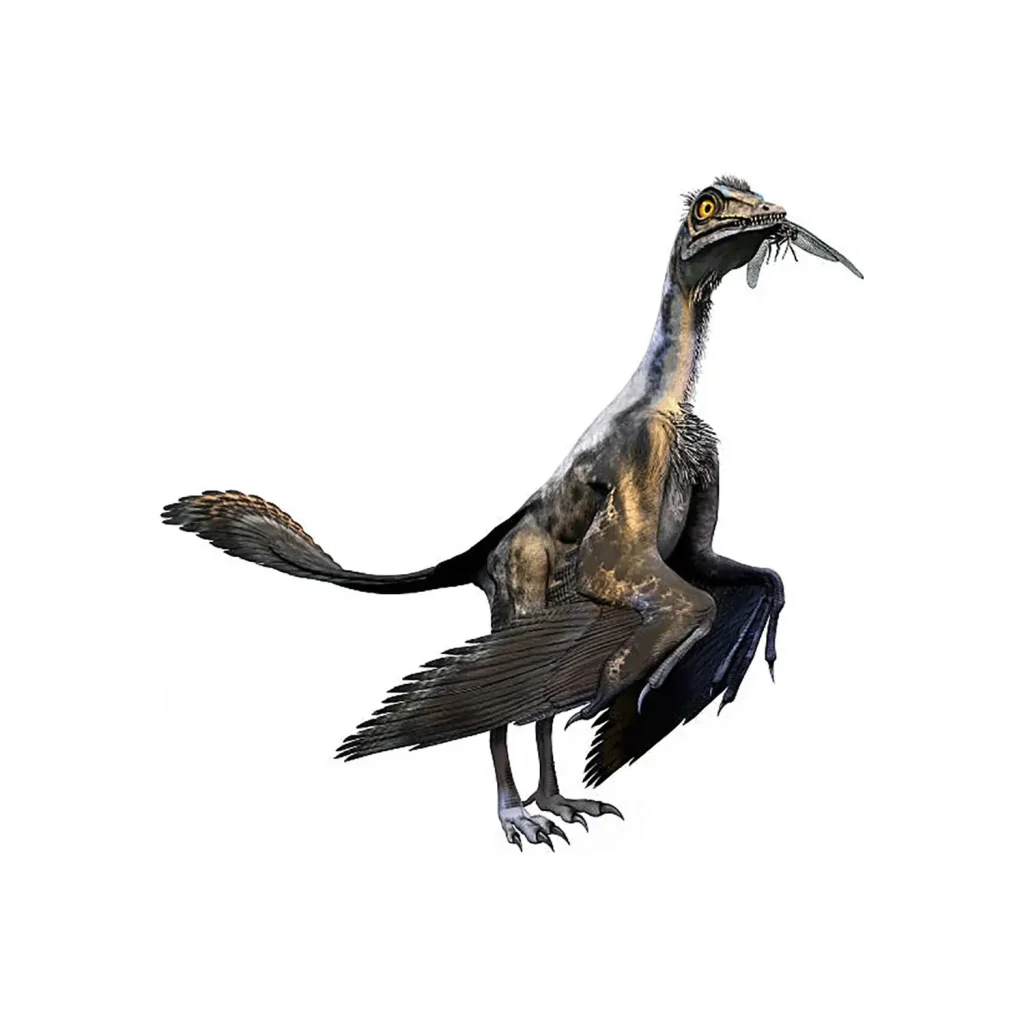
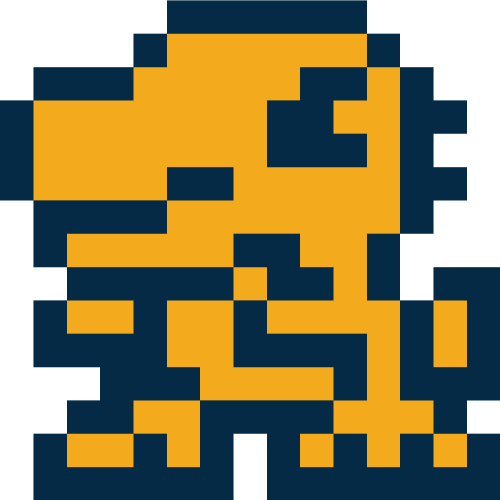
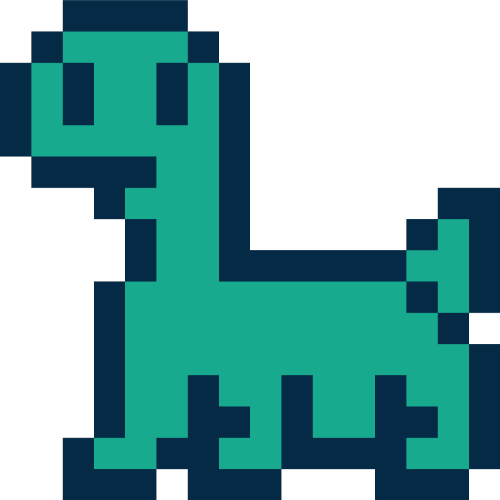
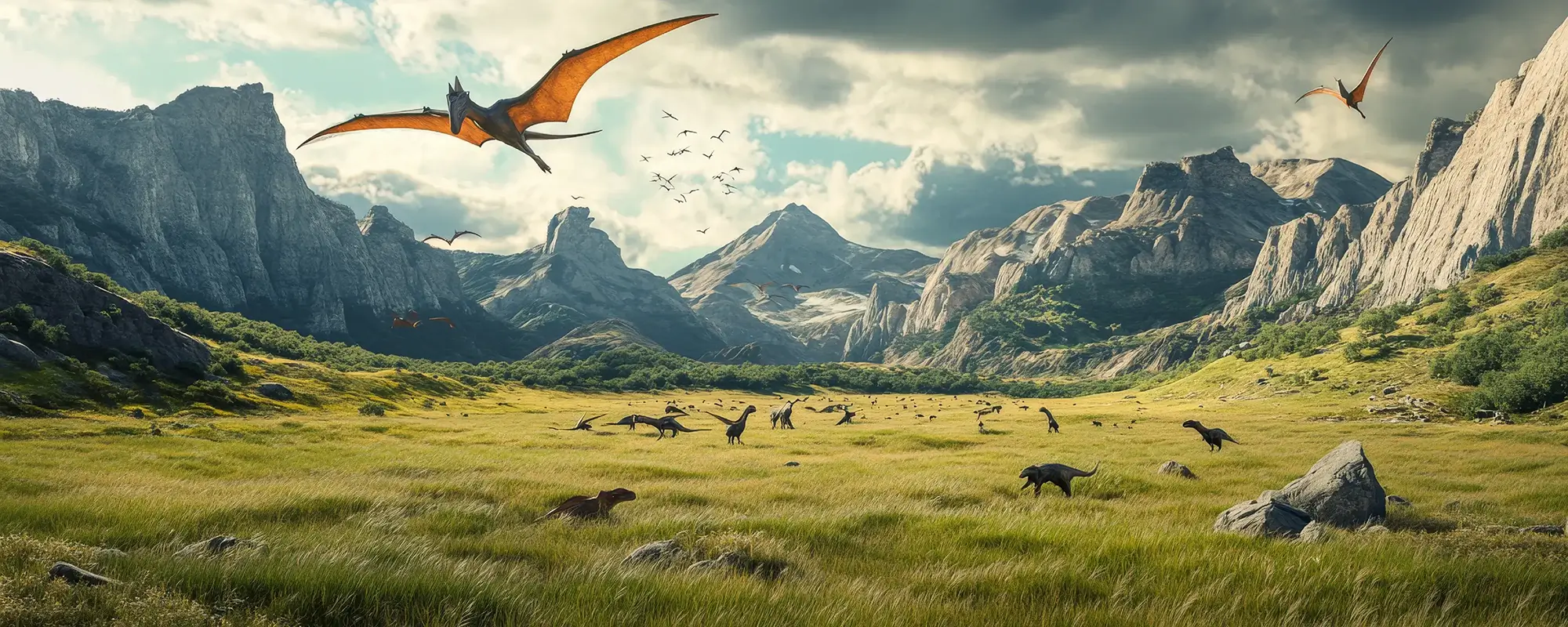



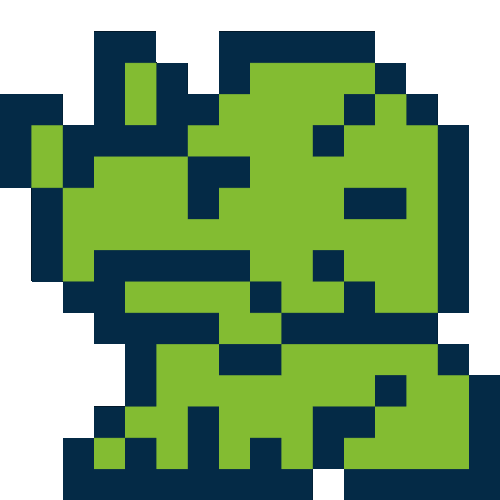
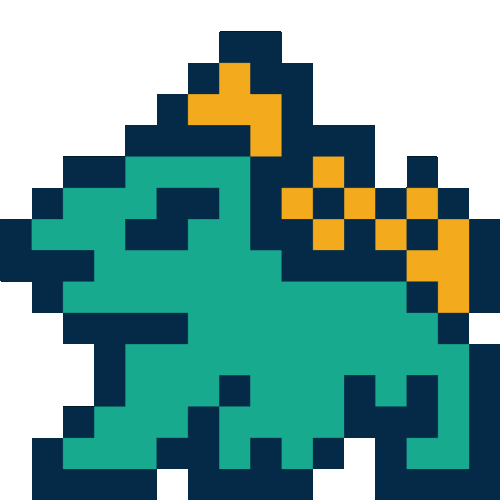
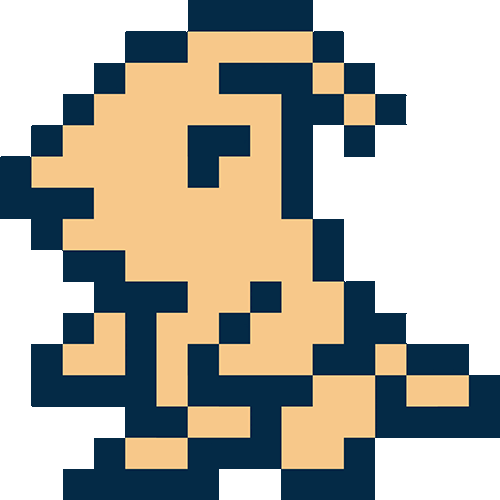

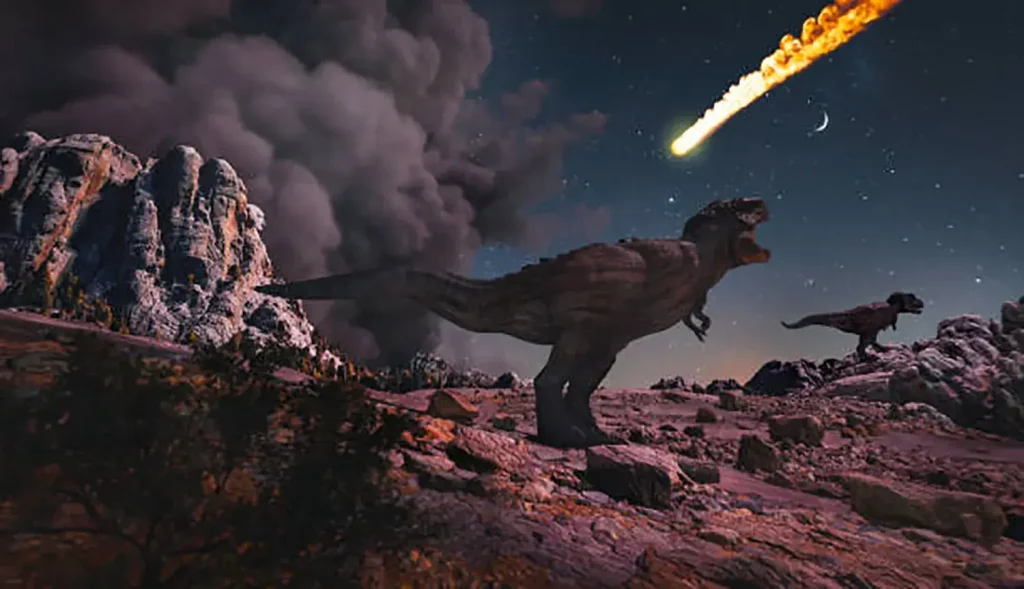
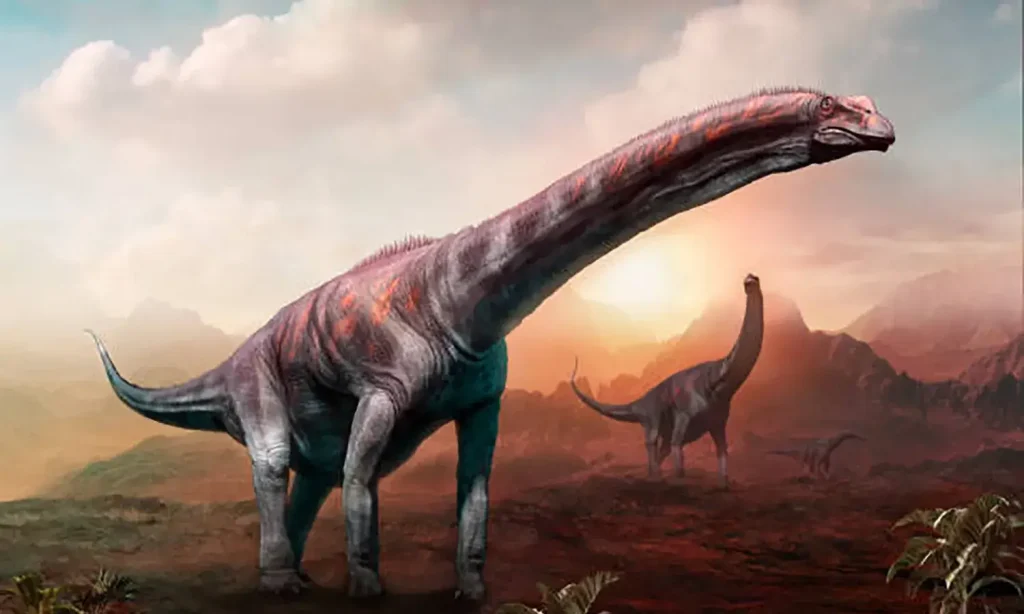
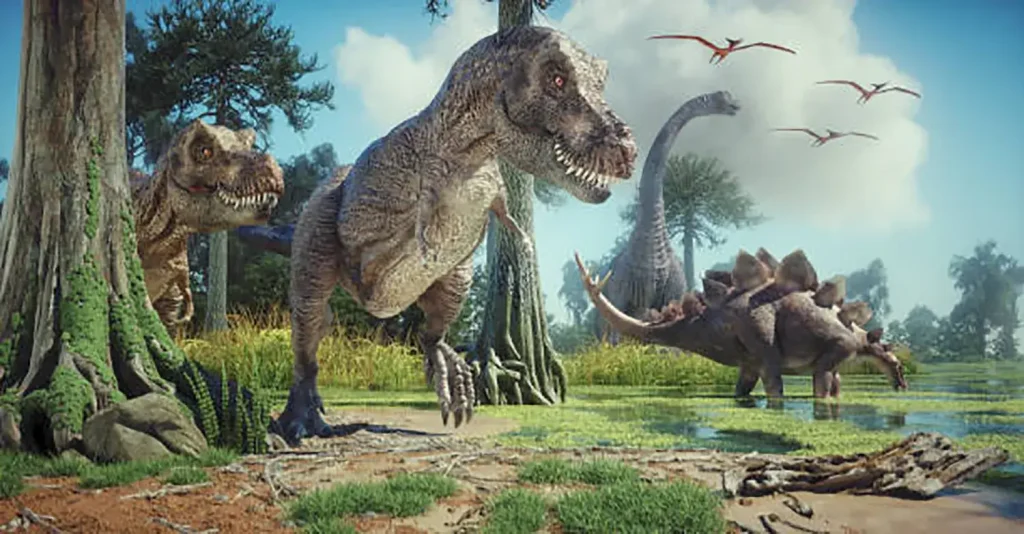
Description
Allosaurus was a large carnivorous dinosaur that lived on the American continent during the Late Jurassic period.
It is the most famous carnivorous dinosaur to have appeared during the Jurassic, and hundreds of fossils have been discovered in Utah.
With specimens of all ages—from elderly to males, females, and juveniles—Allosaurus is an extremely valuable resource for paleontologists to understand its detailed ecology.
A Swift Hunter: Hunting Style and Physical Characteristics
Allosaurus was approximately 12 meters long, and its overall appearance was that of a typical theropod. However, its skull was more slender than other theropods, so it is believed to have been relatively lightweight for its size.
Thanks to its slim build, it was a fast runner, with some theories suggesting it could run at speeds of 30 to over 60 km/h.
There are also theories that it ran at speeds of 30 to over 60 km/h.
Allosaurus was an agile hunter that used this speed to corner its prey.
Its long, sharp teeth were serrated like a saw, making them perfect for tearing through meat.
When it attacked its prey, it is believed to have firmly grabbed it with its three curved, 15-centimeter-long claws on its forelimbs, and then, after biting deeply, it would violently shake its head to tear off the flesh.
Some studies also suggest that Allosaurus may have resorted to cannibalism when prey was scarce.
It is also believed to have lived and hunted in packs, making it a very troublesome opponent for large herbivorous dinosaurs like Stegosaurus.
Unique Skeleton and Physical Abilities
The skull of Allosaurus was long and slender, and it could open its mouth wide.
Computer analysis has revealed that there were holes on the side of its skull that made the bone lighter and helped to distribute force.
It is also believed that these holes may have housed air sacs, similar to those in birds.
The relatives of Allosaurus had a pair of raised bony ridges on their upper jaw, which helped to strengthen the skull.
Above its eyes, it had short, triangular horns that are said to have served no particular purpose and were likely a form of decoration.
It had short, triangular horns above its eyes.
It stood on two long, powerful hind limbs, and it supported its massive body by distributing its weight across four toes (three pointing forward and one pointing backward) on each foot.
It stood on two long, powerful hind limbs, supporting its massive body.
A Hero Born from the Bone Wars
The first Allosaurus fossil was discovered in the 1800s.
This era was a fierce competition in paleontology known as the “Bone Wars,” during which countless dinosaurs were discovered.
However, while many dinosaur finds from this period were fragmentary, Allosaurus is known for having had most of its body excavated.
In Utah, over 40 Allosaurus fossils were found together, suggesting that they had been lured by herbivorous dinosaurs trapped in the mud, only to get stuck themselves.
The Allosaurus specimen “AMNH 5753” became famous for a reconstruction depicting it feasting on an Apatosaurus.
After that, many fossils of various parts and age groups were discovered. One specimen excavated in 1991, known as “Big Al,” was an Allosaurus with an astonishing preservation rate of over 95% of its skeleton still intact.
Even though it was discovered in the early days of paleontology, the abundance of well-preserved specimens meant that Allosaurus quickly became a benchmark for studying subsequent carnivorous dinosaurs.
Even Tyrannosaurus‘s skull was initially reconstructed using an Allosaurus model in its early days.